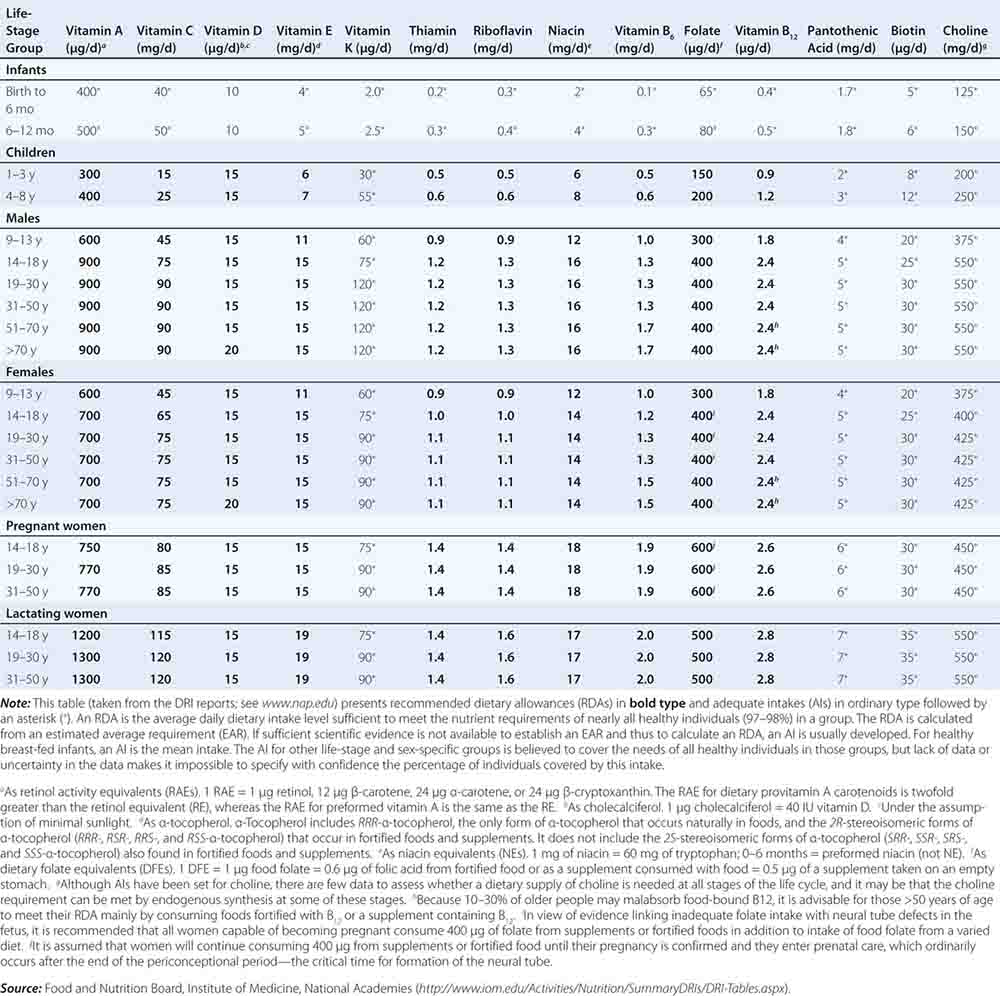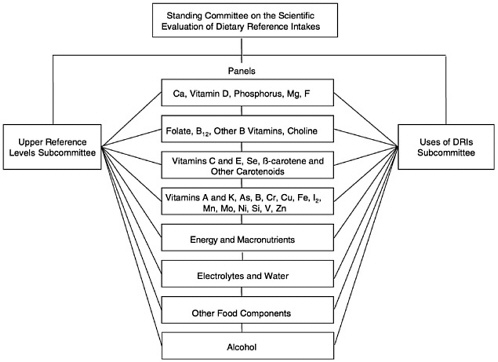The Dietary Reference Intakes Dris Are Based On Which Of These Concepts

B they differ by age group.
The dietary reference intakes dris are based on which of these concepts. Armstrong in encyclopedia of food and health 2016. Mandatory labeling of foods is regulated by the. A 1 4 years of age b over 4 years of age.
Dietary reference intakes dris are a set of nutrient based reference values that provide quantitative recommendations by gender age life stage or physiological condition such as pregnancy or lactation for nutrient intakes of individuals living in the united states and canada. The current version is effective up to march 2010. Dietary reference intakes dris the dris are developed by.
Tips for using the dietary reference intakes to plan your diet. There are two sets of standards one for healthy people and one for when someone is sick c. These people are assumed to be maintaining an adequate nutritional state.
A recommended average dietary nutrient intake based on approximations of nutrient intake by a group of healthy people. Dietary reference intakes dris values are people who are. The standards are designed to prevent nutrient deficiency b.
Drink one glass of. C they include recommended dietary allowances and tolerable upper intake levels. All of the following are characteristics of the dietary reference intakes except.
In 1994 in response to these and other important considerations the food and nutrition board of the national academiesâ institute of medicine with support from the u s. Based on intakes from only supplements and highly fortified foods c nutrient intake goals. And canadian governments and others embarked on an initiative to develop a new broader set of dietary reference values known as the dietary reference intakes dris.















